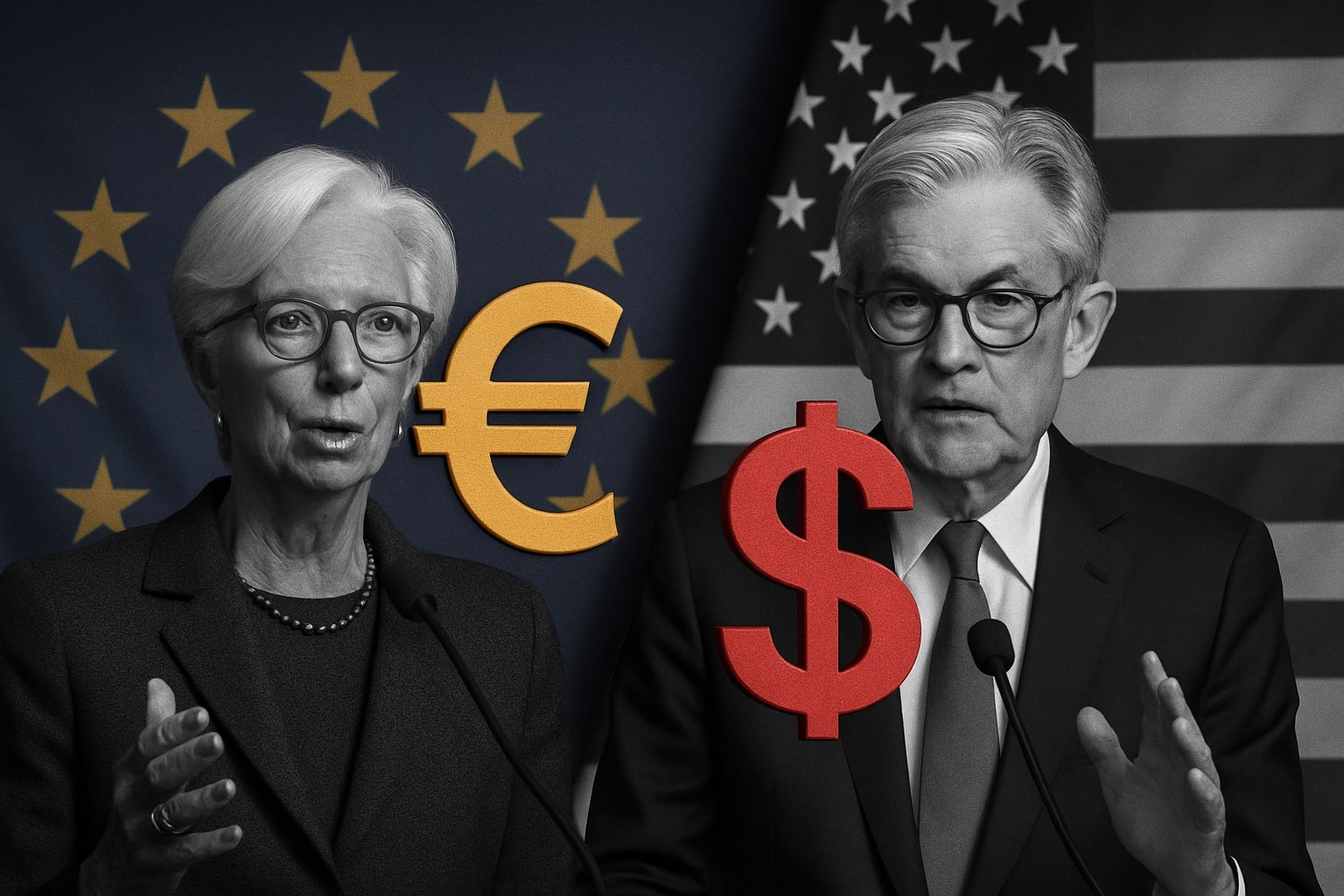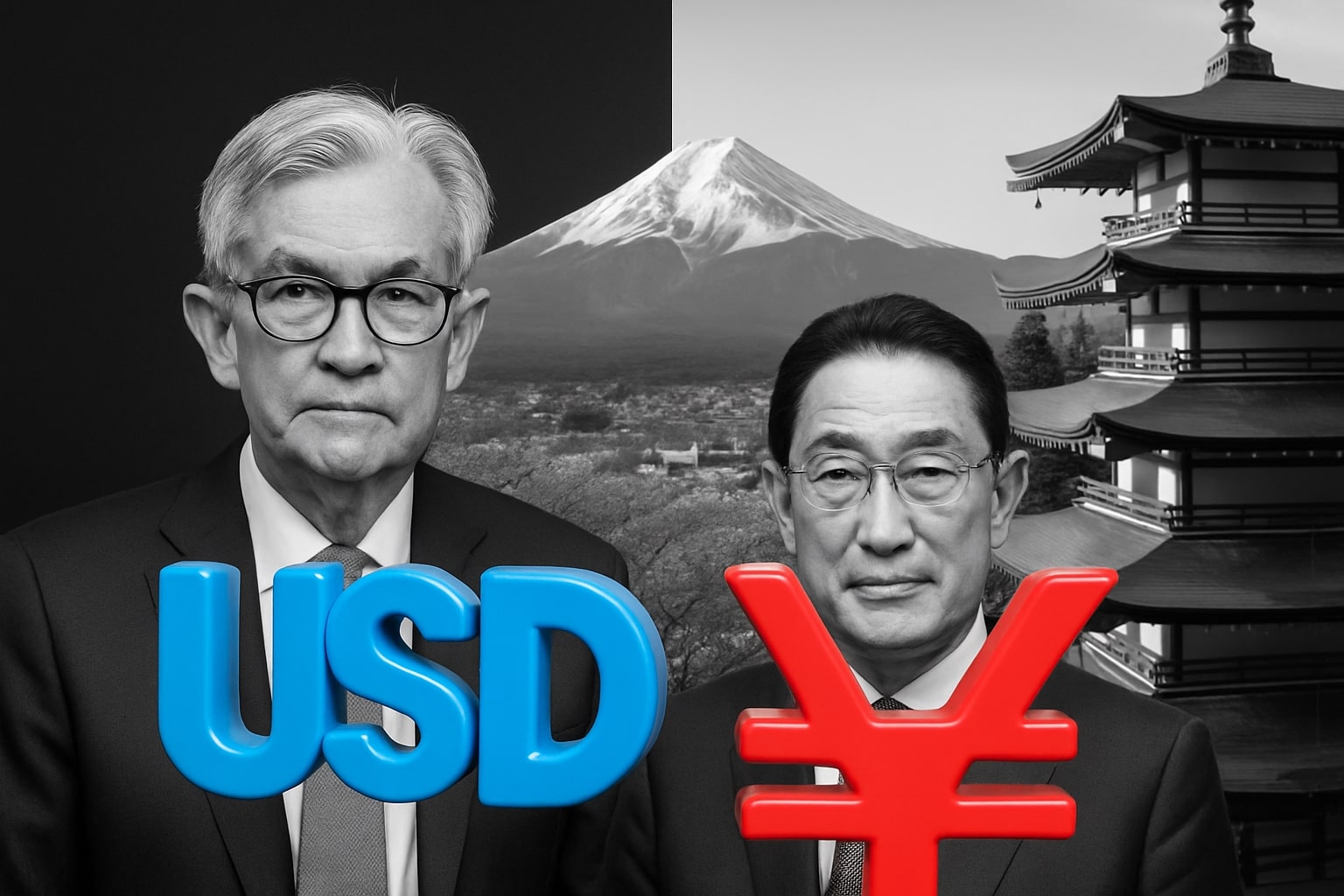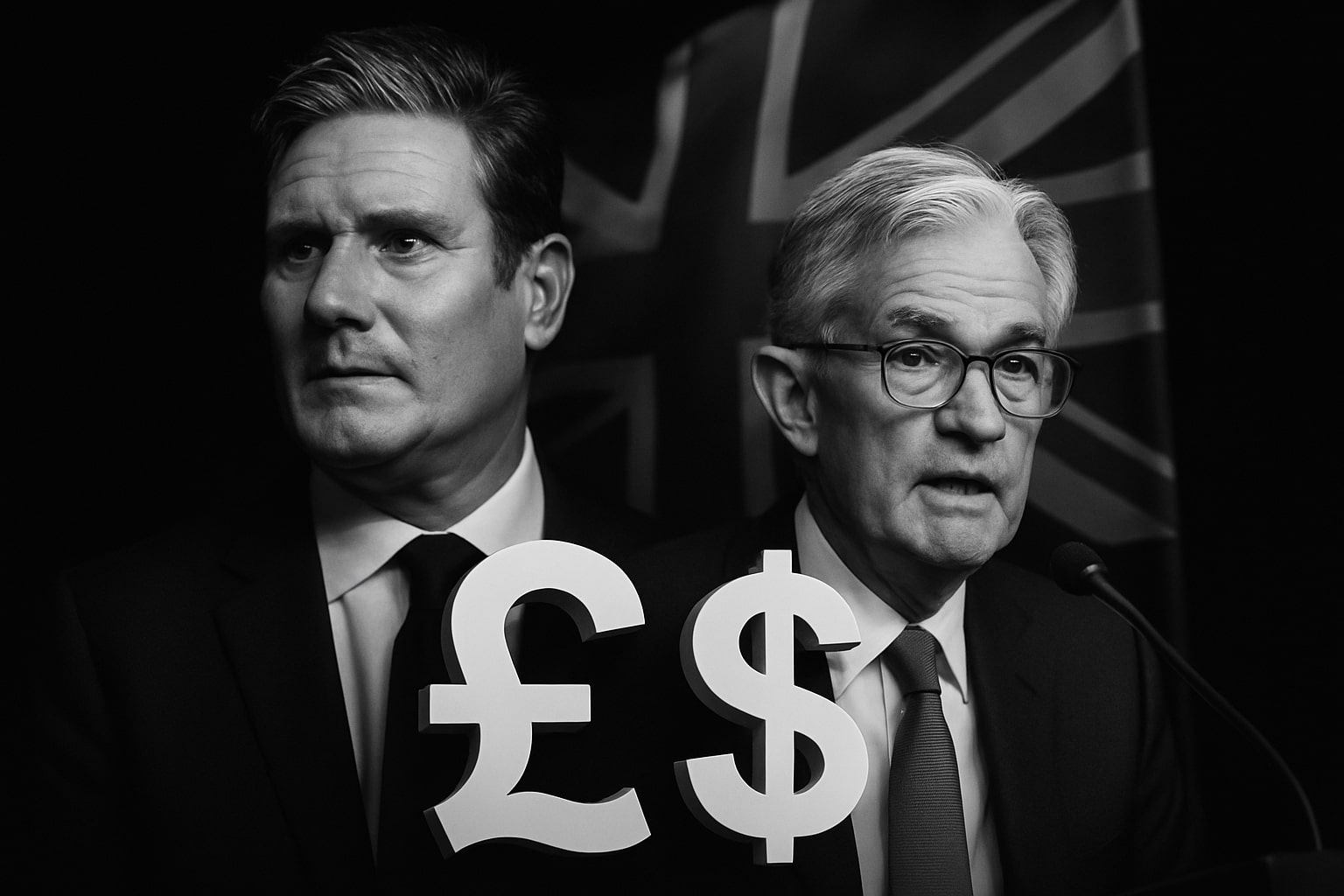
EUR/USD Price Forecast - (EURUSD) Holds Above 1.1550 as Dollar Strength Fades
The Euro-Dollar pair stabilized around 1.1550 despite U.S. shutdown progress boosting the greenback. With consumer sentiment down to 50.3, DXY near 99.60, and ECB resisting early rate cuts, traders eye a breakout above 1.1620 toward 1.17 | That's TradingNEWS
EUR/USD (EURUSD) Holds Above 1.1550 as Dollar Strength Meets Euro Resilience Amid Shutdown Relief and Diverging Policies
The EUR/USD pair traded around 1.1550–1.1565 in Monday’s European session, consolidating after three sessions of volatility driven by U.S. fiscal developments and mixed macro data. The euro (EUR) held its ground against the U.S. dollar (USD) even as Washington made progress toward ending the historic government shutdown, a political breakthrough that initially lifted the greenback. The day’s price range shows EUR/USD caught in a tug-of-war between near-term dollar strength and underlying euro support tied to divergent central bank expectations and steady European macro performance.
The pair’s recovery from last week’s low of 1.1490 came amid moderate short covering, but momentum remains capped by resistance near 1.1580–1.1620, where the 20-day exponential moving average (EMA) and key Fibonacci retracement clusters intersect. With the U.S. Dollar Index (DXY) stabilizing near 99.60, traders are balancing soft U.S. data against the Federal Reserve’s dovish tone, while the European Central Bank (ECB) maintains a more hawkish posture — creating a fragile equilibrium that is defining this month’s range-bound trade.
Dollar’s Initial Bounce Fades as U.S. Data Undershoot Confirms Policy Turn
The U.S. dollar (USD) briefly strengthened following the Senate’s 60–40 vote advancing a bipartisan deal to reopen the federal government, signaling short-term political relief. However, the move lost traction after fresh U.S. macro data revealed mounting economic weakness. University of Michigan consumer sentiment fell sharply to 50.3, missing expectations of 53.0, marking a three-and-a-half-year low, while inflation expectations climbed to 4.7% from 4.6%.
The mixed picture — weak confidence but sticky inflation — reinforced the view that the Fed’s tightening cycle has peaked. Market-implied probabilities from Fed funds futures show a 65–70% chance of a rate cut in December, with an additional two cuts priced for early 2026. The 10-year Treasury yield (BX:TMUBMUSD10Y) stabilized near 4.11%, down from last week’s 4.25%, underscoring declining real yields.
The USD’s failure to extend gains despite fiscal optimism signals that traders are repricing growth risks more than political ones. The soft data, alongside dovish remarks from Fed officials Jefferson and Williams, is cementing expectations that monetary policy will pivot toward easing — a backdrop that limits further dollar upside and indirectly supports EUR/USD above 1.15.
Euro Holds Firm as ECB Maintains Restrictive Stance and Economic Divergence Widens
The European Central Bank (ECB) continues to resist pressure for early rate cuts, emphasizing that inflation progress remains “uneven.” Market pricing now implies less than a 50% chance of an ECB rate reduction before September 2026, a significant contrast with Fed expectations. This policy gap is cushioning the euro’s downside even as the broader risk environment remains volatile.
Eurozone data, while sluggish, shows relative stability. The Sentix Investor Confidence Index for November improved to -3.9, up from -5.4, marking a third consecutive month of recovery. German and French trade balances were slightly weaker than expected, but services activity and industrial output remain within expansionary thresholds. The region’s current account surplus continues to offset trade pressures, keeping EUR/USD anchored above 1.15 despite intermittent dollar strength.
The ECB’s cautious tone is intentional — policymakers remain wary of premature easing that could reignite inflation in energy-sensitive economies like Germany and Italy. This hawkish restraint contrasts sharply with the Fed’s dovish lean and helps preserve the euro’s credibility even in a risk-off environment.
Technical Picture: EUR/USD Confined in Descending Channel But Building Base Above 1.1520
Technically, EUR/USD remains trapped within a descending channel that has guided price action since September. The pair failed to break above the upper boundary near the 50-day EMA, reinforcing short-term bearish momentum. The 0.382 Fibonacci retracement around 1.1530–1.1550 remains a magnetic support area, attracting consistent dip-buying activity.
Both the 20-day and 50-day EMAs slope downward, while the Parabolic SAR sits above the current price, signaling that sellers still control short-term direction. The Relative Strength Index (RSI) near 45 reflects a neutral tone — not yet oversold but consolidating after a multi-week decline.
For bulls, the critical breakout zone lies between 1.1580 and 1.1620, aligning with the 0.50 Fibonacci retracement and the channel’s upper boundary. A sustained close above this level could ignite a move toward 1.17, followed by 1.1820, the July swing high. On the downside, a decisive close below 1.1525 would expose the 200-day EMA at 1.1405, where structural support from the April uptrend converges.
Read More
-
JEPQ ETF (NASDAQ:JEPQ) Climbs Toward $59 as 10.3% Yield and $31B AUM Cement Its Status as JPMorgan’s Income Powerhouse
10.11.2025 · TradingNEWS ArchiveStocks
-
XRPI & XRPR ETFs Rally Over 8% as XRP Trades Above $2.53 — DTCC Listings Ignite Institutional XRP ETF Boom
10.11.2025 · TradingNEWS ArchiveCrypto
-
Natural Gas Price (NG=F) Surges Above $4.40 as Record LNG Exports and Tight Storage Ignite Bullish Winter Rally
10.11.2025 · TradingNEWS ArchiveCommodities
-
USD/JPY Price Forecast - Dollar/Yen Steadies Near 154.00 as U.S. Fiscal Optimism Offsets BoJ Policy Caution
10.11.2025 · TradingNEWS ArchiveForex
Market Sentiment Balances Between Shutdown Optimism and Dollar Correction
The resolution of the U.S. shutdown created short-term relief in global markets but also reintroduced inflation and debt concerns that temper USD appeal. Fiscal expansion and renewed Treasury issuance — estimated at $125 billion this week — are expected to weigh on long-term yields, potentially undermining the greenback.
Meanwhile, investors are cautious heading into upcoming Fed and ECB communications. Scheduled speeches from FOMC members Daly and Musalem and the Cleveland Fed inflation expectations survey (last recorded at 3.5%) may define the next directional bias for the dollar. In Europe, ECB officials continue emphasizing “data dependency,” keeping rate outlooks fluid but still tighter than U.S. expectations.
Market positioning reflects this uncertainty: speculative longs in the euro have fallen modestly, while short positions remain capped, showing traders are reluctant to commit strongly to either side until a macro catalyst breaks the current stalemate.
Comparative Dynamics: Euro Stability Contrasts With Broader FX Movements
While EUR/USD consolidates, other major pairs reveal the dollar’s shifting momentum. GBP/USD trades around 1.3159, struggling to break higher, while USD/JPY edges toward 154.00, reflecting yen weakness amid persistent Bank of Japan caution. The USD/CAD and AUD/USD pairs show similar hesitancy, underscoring that the dollar’s strength is increasingly selective, not broad-based.
For EUR/USD, this environment amplifies its relative resilience. The euro’s three-day stabilization above 1.1550 contrasts with early November volatility and reflects improving investor sentiment toward European assets, supported by the gradual normalization of energy prices and firmer fiscal discipline across member states.
Outlook and Trading Range: Volatility Compression Suggests Breakout Ahead
The compression between 1.1520 and 1.1620 has now lasted for more than ten sessions — a setup that typically precedes a significant breakout. Traders expect volatility expansion in the coming week, coinciding with the release of delayed U.S. inflation and jobs data. Should the data confirm slowing momentum and the Fed’s dovish tilt, EUR/USD could break above 1.1620 and test 1.17–1.1750 quickly.
Conversely, a stronger-than-expected recovery in U.S. inflation or hawkish Fed remarks could push the pair back toward 1.1450, where the 200-day EMA sits as critical support.
Analysts highlight that Eurozone resilience versus U.S. softness favors medium-term euro appreciation, but near-term price action remains headline-driven. Technical traders focus on the 1.1550 pivot zone, treating it as a neutral anchor until a breakout confirms the next directional move.
TradingNews Verdict: HOLD Bias Near-Term, Bullish Tilt Into December
Based on current macro signals, TradingNews assigns EUR/USD a HOLD stance in the immediate term, with a bullish bias developing into December. The pair’s ability to maintain altitude above 1.1520 while the Fed shifts dovish and the ECB stays restrictive provides asymmetric upside potential.
A breakout above 1.1620 would shift sentiment decisively bullish, opening 1.17–1.18 targets, while downside remains limited toward 1.1450 unless fiscal relief dramatically strengthens the dollar.
The euro’s composure against political volatility, supported by policy divergence and macro steadiness, reinforces the view that EUR/USD (1.1550) stands poised for a medium-term rebound once the U.S. rate narrative fully turns accommodative.



















